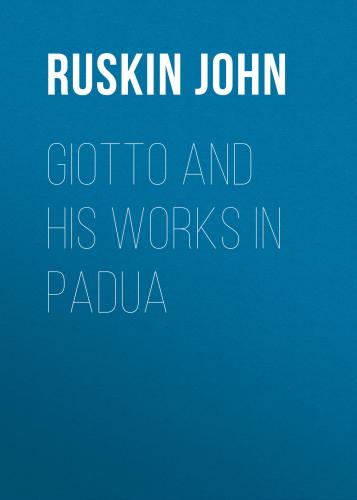Indeed, I can hardly imagine the Bible to be ever read with true interest, unless, in our reading, we feel some longing for further knowledge of the minute incidents of the life of Christ,—for some records of those things, which "if they had been written every one," the world could not have contained the books that should be written: and they who have once felt this thirst for further truth, may surely both conceive and pardon the earnest questioning of simple disciples (who knew not, as we do, how much had been indeed revealed), and measure with some justice the strength of the temptation which betrayed these teachers into adding to the word of Revelation. Together with this specious and subtle influence, we must allow for the instinct of imagination exerting itself in the acknowledged embellishment of beloved truths. If we reflect how much, even in this age of accurate knowledge, the visions of Milton have become confused in the minds of many persons with scriptural facts, we shall rather be surprised, that in an age of legends so little should be added to the Bible, than that occasionally we should be informed of important circumstances in sacred history with the collateral warning, "This Moses spake not of."8
More especially in the domain of painting, it is surprising to see how strictly the early workmen confined themselves to representations of the same series of scenes; how little of pictorial embellishment they usually added; and how, even in the positions and gestures of figures, they strove to give the idea rather of their having seen the fact, than imagined a picturesque treatment of it. Often, in examining early art, we mistake conscientiousness for servility, and attribute to the absence of invention what was indeed the result of the earnestness of faith.
Nor, in a merely artistical point of view, is it less important to note, that the greatest advance in power was made when painters had few subjects to treat. The day has perhaps come when genius should be shown in the discovery of perpetually various interest amidst the incidents of actual life; and the absence of inventive capacity is very assuredly proved by the narrow selection of subjects which commonly appear on the walls of our exhibitions. But yet it is to be always remembered, that more originality may be shown in giving interest to a well-known subject than in discovering a new one; that the greatest poets whom the world has seen have been contented to retouch and exalt the creations of their predecessors; and that the painters of the middle ages reached their utmost power by unweariedly treading a narrow circle of sacred subjects.
Nothing is indeed more notable in the history of art than the exact balance of its point of excellence, in all things, midway between servitude and license. Thus, in choice and treatment of subject it became paralysed among the Byzantines, by being mercilessly confined to a given series of scenes, and to a given mode of representing them. Giotto gave it partial liberty and incipient life; by the artists who succeeded him the range of its scenery was continually extended, and the severity of its style slowly softened to perfection. But the range was still, in some degree, limited by the necessity of its continual subordination to religious purposes; and the style, though softened, was still chaste, and though tender, self-restrained. At last came the period of license: the artist chose his subjects from the lowest scenes of human life, and let loose his passions in their portraiture. And the kingdom of art passed away.
As if to direct us to the observation of this great law, there is a curious visible type of it in the progress of ornamentation in manuscripts, corresponding with the various changes in the higher branch of art. In the course of the 12th and early 13th centuries, the ornamentation, though often full of high feeling and fantasy, is sternly enclosed within limiting border-lines;—at first, severe squares, oblongs, or triangles. As the grace of the ornamentation advances, these border-lines are softened and broken into various curves, and the inner design begins here and there to overpass them. Gradually this emergence becomes more constant, and the lines which thus escape throw themselves into curvatures expressive of the most exquisite concurrence of freedom with self-restraint. At length the restraint vanishes, the freedom changes consequently into license, and the page is covered with exuberant, irregular, and foolish extravagances of leafage and line.
Конец ознакомительного фрагмента.
Текст предоставлен ООО «ЛитРес».
Прочитайте эту книгу целиком, купив полную легальную версию на ЛитРес.
Безопасно оплатить книгу можно банковской картой Visa, MasterCard, Maestro, со счета мобильного телефона, с платежного терминала, в салоне МТС или Связной, через PayPal, WebMoney, Яндекс.Деньги, QIWI Кошелек, бонусными картами или другим удобным Вам способом.
